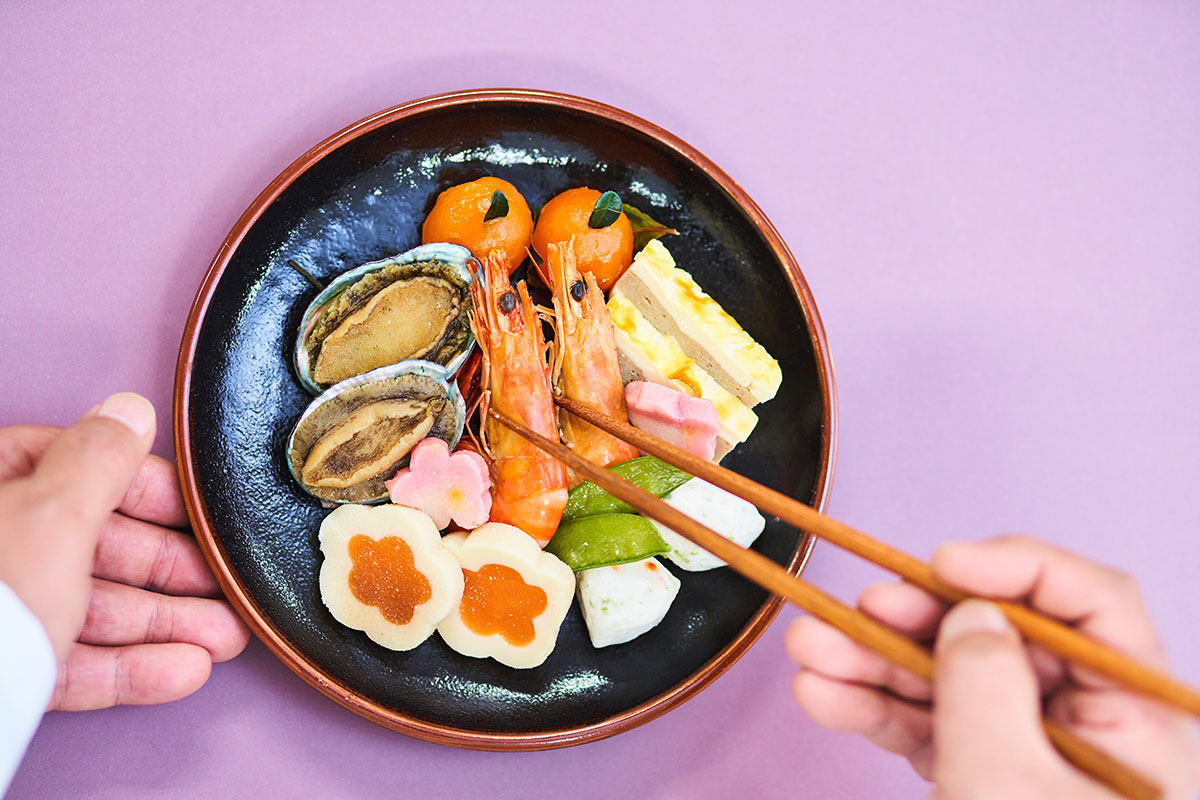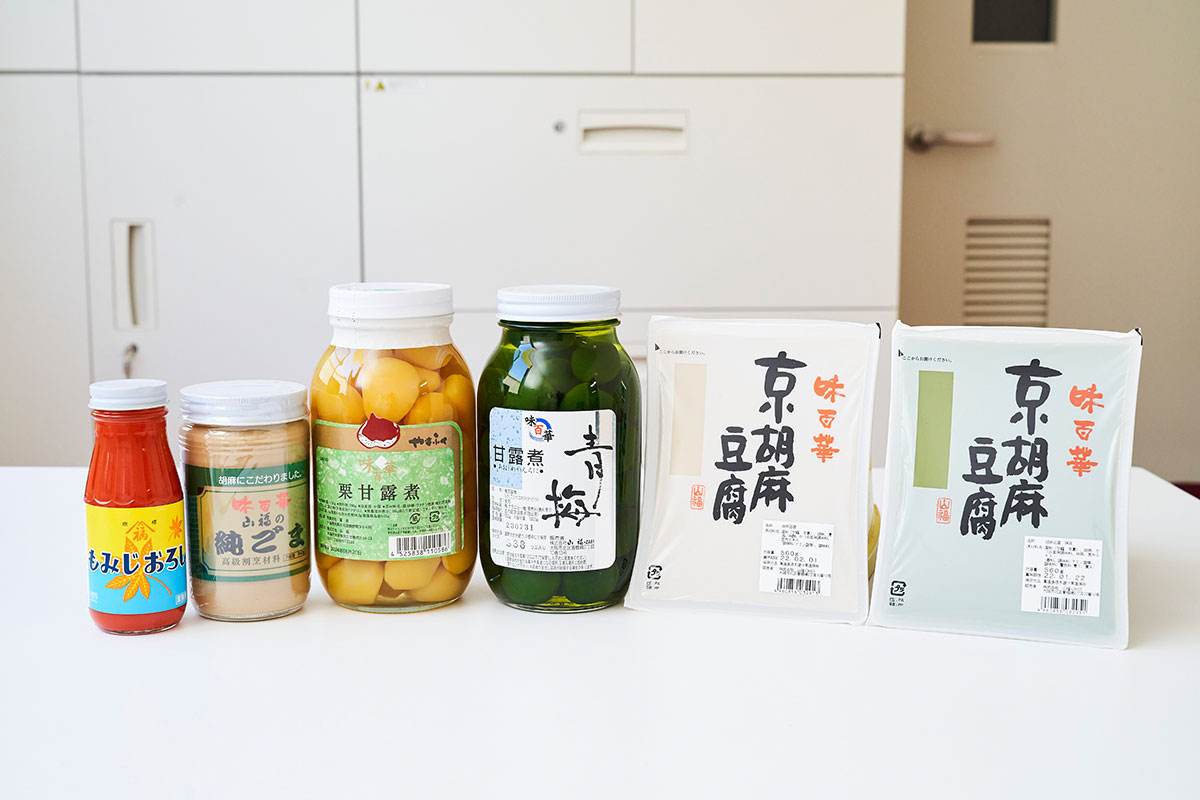Yamafuku are supplying culinary artists with the traditional components of Japanese cultural cuisines.

By Daniel de Bomford
“While the decoration and presentation of washoku have evolved slightly over the years, the essence of its taste has remained unchanged,” says Naoki Kashiwagi, President of Yamafuku Co., Ltd. Mr. Kashiwagi explains washoku is as much a visual art as it is culinary. He describes the almost paradoxical nature of eating at a restaurant, not to become full, but to experience the intricate traditional methods of preparing the food. “They often seek to entertain their eyes and enrich their culinary knowledge rather than simply eat to fullness,” he says.
Yamafuku supplies high quality traditional washoku ingredients and seasonal items. Mr. Kashiwagi describes Yamafuku as more than just a wholesaler, but a trading company collaborating with partners and wholesalers serving high-end chefs. “While Yamafuku may not be a household name for the general public, almost every Japanese chef knows about us and relies on our products,” he says.
Another key pillar of the business is its OEM manufacturing of osechi cuisine—special New Year’s boxed dishes. Traditionally the items are sold separately and the buyers arrange the food themselves. Mr. Kashiwagi explains, “We faithfully reproduce the flavors and aesthetics of osechi and deliver finished products for sale under our clients’ brands.” Yamafuku also operates logistics centers, giving it the ability to stock and deliver products in a timely manner.

From left to right: Chili pepper paste (for Momiji oroshi); Sesame paste; Kuri-kanro (Chestnuts in syrup); Ume-kanro (Plums in syrup); Goma-tofu white/matcha
Mr. Kashiwagi says the company is focused on preserving the essence of washoku. “While the decoration and presentation of washoku have evolved slightly over the years, the essence of its taste has remained unchanged,” he says. The fundamentals of presentation have not changed and Yamafuku honors the core traditions of washoku. With advancements in processing technology and logistics, Yamafuku can export delicate products without compromising taste or presentation. Mr. Kashiwagi says, “Traditionally, washoku was handmade rather than mass-produced, but modern freezing technology allows us to replicate its authenticity and quality at scale.”
The advances have allowed the main pillar of Yamafuku’s business to be built around exports, currently worth over JPY 400 million. Mr. Kashiwagi says they have set an ambitious target of increasing exports by 10 times that figure. “A critical element of this strategy is identifying the right partners to work with in each region,” he says. It leverages a considered approach and tailors products to the tastes and preferences of each target region. Currently, it works with Japanese trading companies abroad which leverages its partner’s expertise in conjunction with Yamafuku’s diverse, high quality product range. “If the food is good, chefs will use it,” Mr. Kashiwagi says.
To find new partners, Yamafuku will be exhibiting at FOODEX, and its primary goal will be to increase its market share for its wholesaling business. “Attending exhibitions like FOODEX provides an excellent opportunity to explore these new avenues and connect with the right partners,” Mr. Kashiwagi explains.
0 COMMENTS